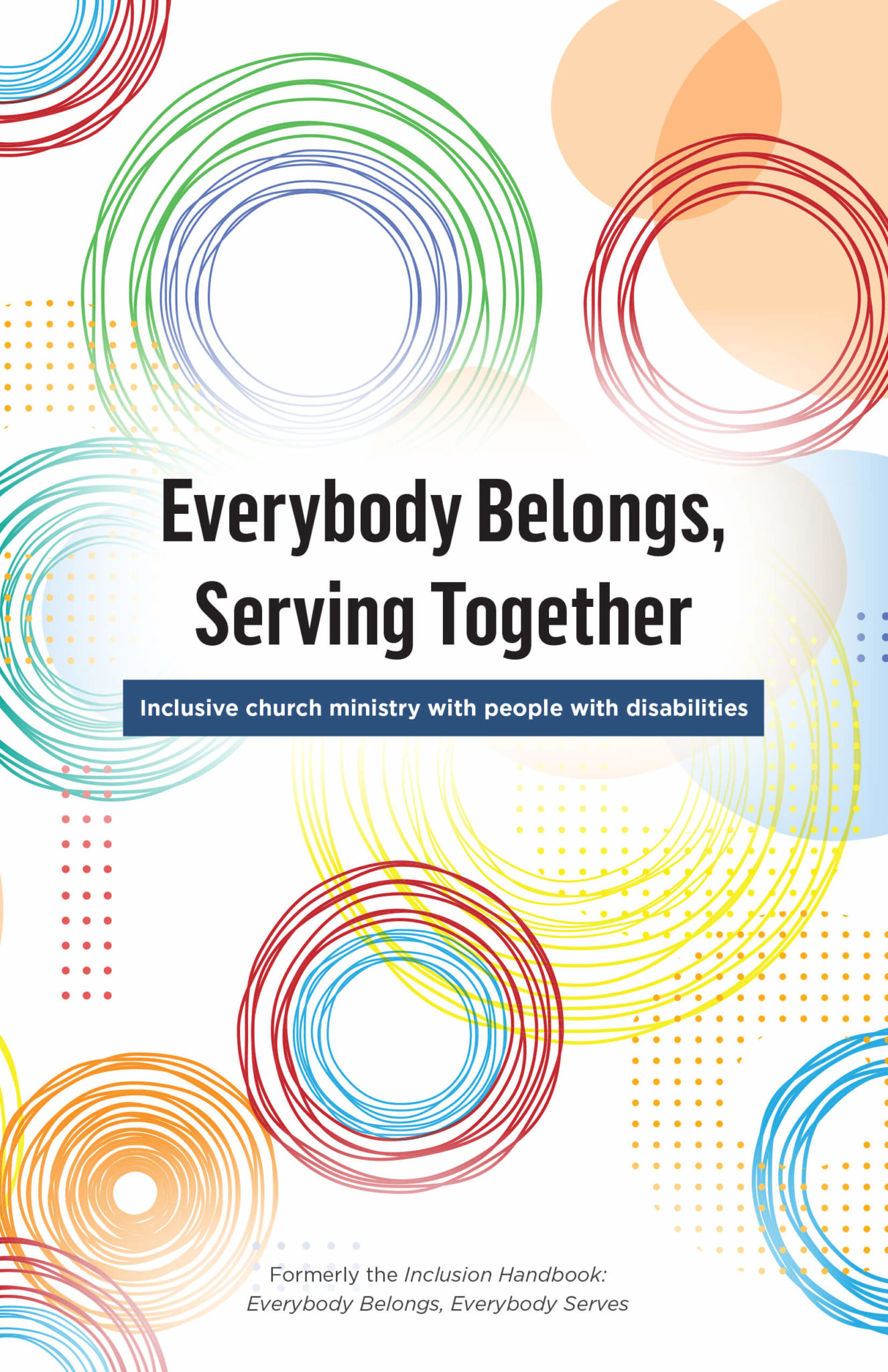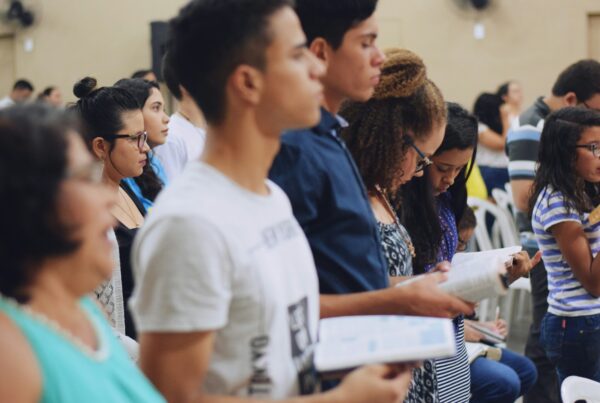The church is supposed to be a welcoming place. But what does welcoming mean? Welcoming and friendly are not the same thing. A congregation can be friendly toward each other but not necessarily welcoming to new people or people with disabilities.
This dynamic becomes even more complicated when it comes to people with disabilities. People may make quick judgments about a person with a developmental or physical disability. By the way, this initial opinion is the literal definition of “prejudice.”
A congregation may have “Welcome” in bold letters on the front of the building. A congregation might even have an elevator and wheelchair ramps. But that still does not mean it is welcoming.
When a person with a disability arrives with an attendant, whom do the people speak to? Do people avoid eye contact? Are there dirty looks if the person makes an unexpected sound or gesture?
When the church is at its best, it is a place that includes people of all abilities. Unfortunately, that is not always the case. There are too many examples of families that are asked to leave a congregation because their child has a disability.
One mother told me that a pastor asked them not to bring their son with Tourette syndrome to the service. They feared that the child’s tics would prevent God from working during the worship service. That is a very limited view of God.
Not all congregations are like this. We have two children with autism. Our son tends to make loud noises. I recall him making noise during the sermon, and the pastor stopped preaching, not to shame us, but to remind the congregation that all are welcome.
Welcoming is more than just allowing the person to worship with you. True welcoming leads to full inclusion into the life of the church. It is the transition from ministry to, to ministry with, to ministry from.
This ministry can look different from person to person. At our current church, we have a person on staff who uses a wheelchair. He was not hired because we wanted a token person with a disability on staff, but he was hired because he is qualified for the job. Another person with cerebral palsy and who is blind serves on our board, not to fill a quota, but because she has the gifts.
Including people within the life of the church can come in unexpected ways. A leader at one church where I pastored told me that our children had done more to heal some of the broken relationships in the church than any pastor could. Unconditional love was clearly expressed by these two nonverbal children.
Before we arrived at our current church, one worship service featured some young people that were overcoming addictions. After one testimony, a woman with Down syndrome spontaneously stood up and sang “Amazing Grace.” A family visiting that day still attend because of that moment.
The church has not always lived up to its calling. Some congregations have rejected people with disabilities, while others have seen them as projects. The church at its best is a welcoming and inclusive community of people of all abilities.
Listen to the audio version
From Everybody Belongs, Serving Together
Explore the full guide to inclusive ministry with people who have disabilities
- Stories and guidance directly from people who have disabilities
- An interactive accessibility audit with personalized recommendations for your church
- Suggestions for engaging with people who have specific disabilities, from hearing loss to autism
- So much more!
Stephen J. Bedard
Stephen Bedard is one of the pastors at Queen Street Baptist Church in St. Catharines, Ontario, Canada. He finished his Doctor of Ministry degree at Acadia Divinity College on the topic of disability ministry for small churches. He is married to Amanda and has five children. His two eldest children have autism, and they have inspired him to advocate for a more welcoming and inclusive church. He thrives on dad jokes.




